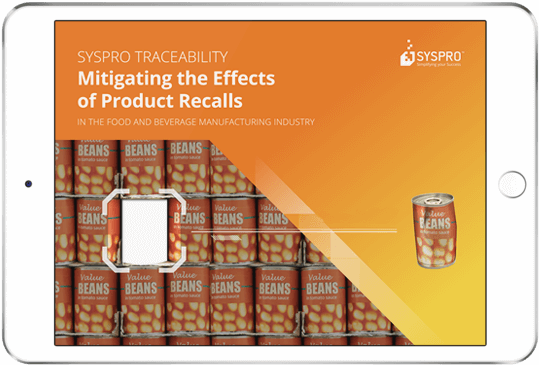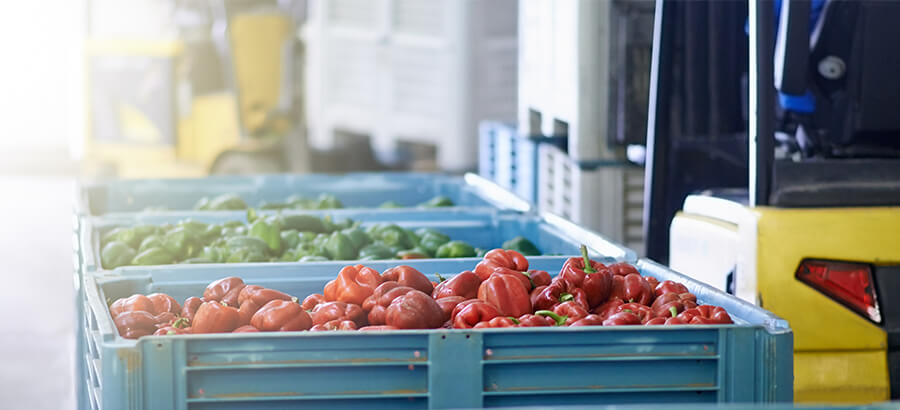There have been a number of scary stories doing the rounds for years around unhygienic food conditions. From mass food poisonings at festivals to tofu being made in dirty back alley “factories” and even headlines of authorities withdrawing bottled water over bacteria concerns. There was even a notorious example of the scandal where needles were inserted into strawberries. While these examples sound just like urban myths, the reality is that food contamination and product recalls happen more often than most are aware of. The problem is that facing a product recall has the potential to cause long-term damage to organizational reputation for manufacturers and distributors, loss of sales, reputation penalties, and even fines and litigation.
It, therefore, goes without saying that businesses need to identify the source of all materials used throughout their supply chain, from farm to fork, to ensure optimum product safety and quality.
Prevention is better than cure
Knowledge is power when it comes to food traceability. Having the knowledge of where your ingredients come from and how they were farmed can give you the upper hand. The role of technology is therefore vital in managing food traceability.
As a solution, food and beverage manufacturers are looking towards food traceability technologies embedded in business systems such as Enterprise Resource Planning (ERP), to not only identify and respond to food safety issues but also to support supply chain optimization and the reduction of food loss. Traceability technology gives organizations the ability to trace a problem with a finished product all the way back through the production process, through the suppliers, and, in many cases, all the way back to the farms that produced their raw ingredients. By using software that isolates any quality issues, users can easily identify and quarantine all suspect material.
Here it is important to implement a traceability solution that allows manufacturers to perform regular “mock recalls”, time them, and ensure they are meeting both the regulatory and supply-chain partner requirements for completion. In addition, your traceability solution should provide visibility along the supply chain to facilitate any necessary interventions proactively and to eliminate the duplication of effort.
Abiding by the law
With the rise of global recalls, governments and legislative authorities such as the Malaysian Accreditation board are also stepping in with increased regulatory compliance requirements to protect the end consumer. To the point where non-compliance could mean that businesses may be excluded from lucrative new markets if they don’t show the effectiveness of their traceability system.
The Malaysian government has recently furthered its commitment and investment to this by providing funding opportunities for farmers to enhance their technology to both test and trace livestock, thus adding additional layers of information and protection.
It should not be too late for Malaysian Manufacturers to mitigate
Visibility through end-to-end tracking is pivotal in the traceability process, but what should you do if a food item is found to be unsatisfactory?
An integrated traceability system can assist with taking immediate steps to quarantine products, trace the location of the products in the supply chain, and ultimately minimize the impact of a product call.
While prevention is better than mitigation, there is no doubt that a traceability technology solution is no longer a luxury in today’s fast-paced world, but rather a necessity.
How to Manage Traceability and Product Recalls For Food and Beverage Manufacturers – Get your Free Guide Today

In this Guide, we provide information on:
- Food and Beverage Industry recall trends and causes
- Legislative considerations for the Food and Beverage Industry
- Checklist for implementing a robust traceability system
- Checklist for planning for and managing recalls
- ERP Checklist







